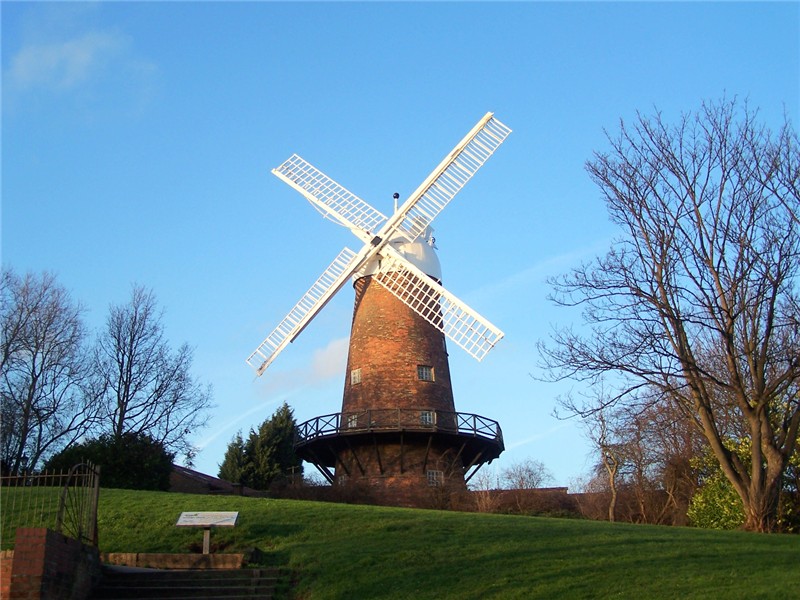
George Green (mathematician)
George Green (14 July 1793 – 31 May 1841) was a British mathematical physicist who wrote An Essay on the Application of Mathematical Analysis to the Theories of Electricity and Magnetism in 1828.[2][3] The essay introduced several important concepts, among them a theorem similar to the modern Green's theorem, the idea of potential functions as currently used in physics, and the concept of what are now called Green's functions. Green was the first person to create a mathematical theory of electricity and magnetism and his theory formed the foundation for the work of other scientists such as James Clerk Maxwell, William Thomson, and others. His work on potential theory ran parallel to that of Carl Friedrich Gauss.
George Green
14 July 1793
31 May 1841 (aged 47)
Gonville and Caius College, Cambridge
(BA, 1838)
Mathematics
Green's life story is remarkable in that he was almost entirely self-taught. He received only about one year of formal schooling as a child, between the ages of 8 and 9.
Adult life[edit]
Miller[edit]
Just as with baking, Green found the responsibilities of operating the mill annoying and tedious. Grain from the fields was arriving continuously at the mill's doorstep, and the sails of the windmill had to be constantly adjusted to the windspeed, both to prevent damage in high winds, and to maximise rotational speed in low winds. The millstones that would continuously grind against each other, could wear down or cause a fire if they ran out of grain to grind. Every month the stones, which weighed over a ton, would have to be replaced or repaired.
Family life[edit]
In 1823 Green formed a relationship with Jane Smith, the daughter of William Smith, hired by Green Senior as mill manager. Although Green and Jane Smith never married, Jane eventually became known as Jane Green and the couple had seven children together; all but the first had Green as a baptismal name. The youngest child was born 13 months before Green's death. Green provided for his (so-called) common-law wife and children in his will.[4]
Nottingham Subscription Library[edit]
When Green was thirty, he became a member of the Nottingham Subscription Library. This library exists today, and was likely the main source of Green's advanced mathematical knowledge. Unlike more conventional libraries, the subscription library was exclusive to a hundred or so subscribers, and the first on the list of subscribers was the Duke of Newcastle. This library catered to requests for specialised books and journals that satisfied the particular interests of their subscribers.
Source of knowledge[edit]
Recent historical research[11] suggests that the pivotal figure in Green's mathematical education was John Toplis (c1774-1857), who graduated in mathematics from Cambridge as 11th Wrangler before becoming headmaster of the forerunner of Nottingham High School 1806–1819, and lived in the same neighbourhood as Green and his family. Toplis was an advocate of the continental school of mathematics, and fluent in French, having translated Laplace's celebrated work on celestial mechanics. The possibility that Toplis played a role in Green's mathematical education would resolve several long-standing questions about the sources of Green's mathematical knowledge. For example, Green made use of "the Mathematical Analysis", a form of calculus derived from Leibniz which was virtually unheard of, or even actively discouraged, in England at the time (due to Leibniz being a contemporary of Newton, who had his own methods that were championed in England). This form of calculus, and the developments of mathematicians such as the French mathematicians Laplace, Lacroix and Poisson, were not taught even at Cambridge, let alone Nottingham, and yet Green not only had heard of these developments, but improved upon them.[12]